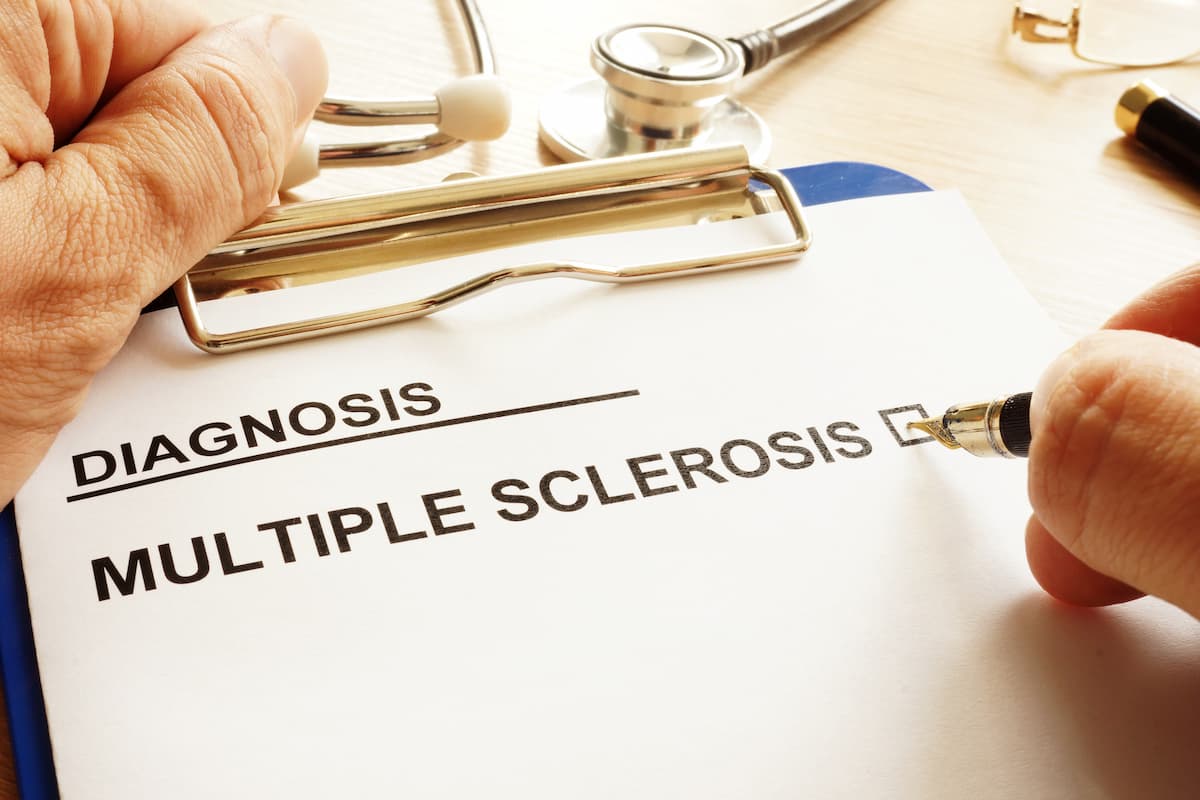Video
S1PR Modulators' Role in Treating Multiple Sclerosis
Fred D. Lublin, MD, FAAN, FANA: The sphingosine-1-phosphate receptor modulators are in use now for treating MS [multiple sclerosis]. The first 1 was fingolimod, which was approved in 2010 and we’ve been using it ever since. More recently an [S1PR1], so a more selective sphingosine-1-phosphate receptor modulator, was approved. And that was tested in secondary progressive MS. It was approved for essentially relapsing forms of MS despite what it was tested in.
And the agents themselves do a good job of controlling lymphocyte trafficking. And they do that by keeping lymphocytes in the lymphatic system, in the lymph nodes, and blocking their ability to gather lymph nodes so they can’t get into the bloodstream and can’t get into the central nervous system.
The TRANSFORMS study was done with fingolimod, comparing it with interferon beta-1a, given intramuscularly once weekly. It was a 1-year study, and the fingolimod was superior to the interferon at reducing relapsed rate. There wasn’t much change in disability metrics. But over 1 year that’s kind of hard to do.
The SUNBEAM study involved another S1P1 called ozanimod. And there it showed that a relapsing form of MS, that it reduced relapses, and reduced the MRI [magnetic resonance imaging] activity similarly.
How we use the agents right now, the clearest use is in relapsing forms of MS. So that’s clinically, I say, a syndrome, lapsed or remitting MS, and any progressive patient who’s also having relapses. Now the FDA has labeled that as secondary progressive with activity. Use in other secondary progressive patients is a little less clear, but that’s what was tested when siponimod, in the EXPAND trial, was tested in all secondary progressive patients. The FDA didn’t label them for that, and we need to do some more analysis and get a better understanding of the role, but there is a disconnect there between what was studied and what was actually approved.
The safety concerns of S1P receptor agents are involved around cardiac changes. One has to be careful in individuals who have any defects in cardiac conduction. At least with fingolimod there’s a first-dose observation because you can get a bradycardia. That’s not necessary in siponimod, but siponimod has different criteria in terms of some genetic testing for metabolic enzymes. You can get, in rare cases, macular edema, fluid behind the retina. Infections can occur. You have to watch liver function. You have to watch lymphocyte counts and be aware of the fact that you can get some opportunistic infections. They’re not common, but you have to be aware that they can occur.
The S1P receptors could be used in any relapsing form of MS; their data support that. The safety, by and large, has been good with the caveats that I’ve discussed. There are some individuals for whom you don’t want to use them, especially…those with cardiac issues, cardiac conduction issues, and so that requires some prescreening. There is also the potential for rebound when they’re stopped. And so, one must be careful about how one discontinues an S1P receptor modulator, and plan on starting something else pretty quickly.





